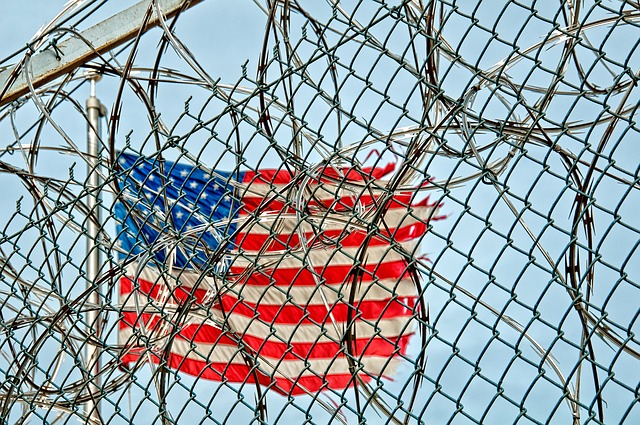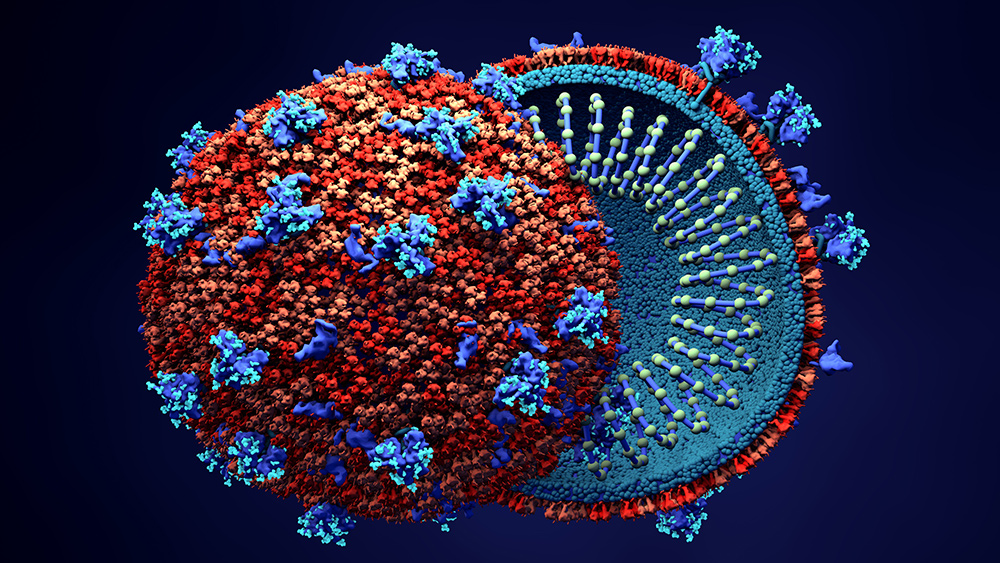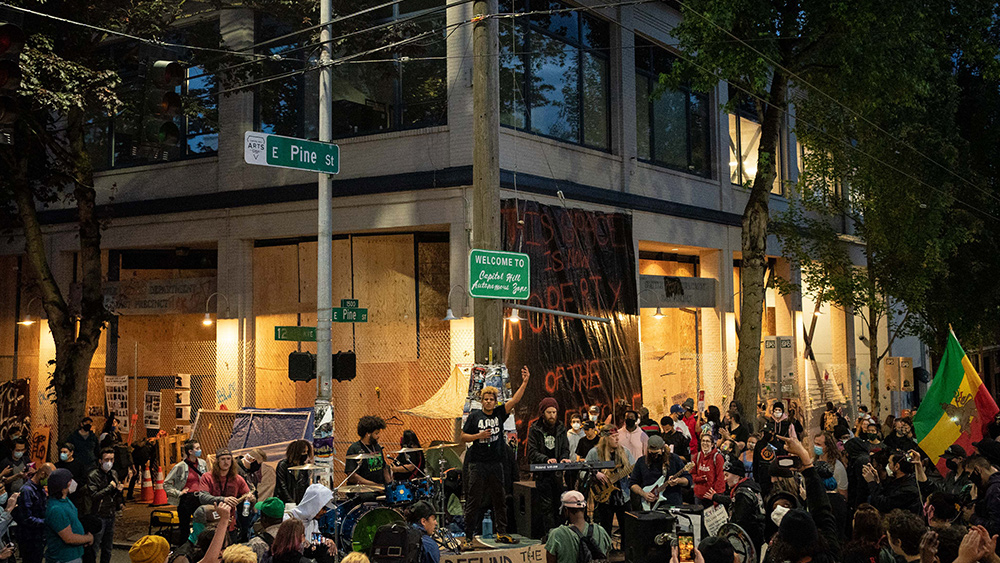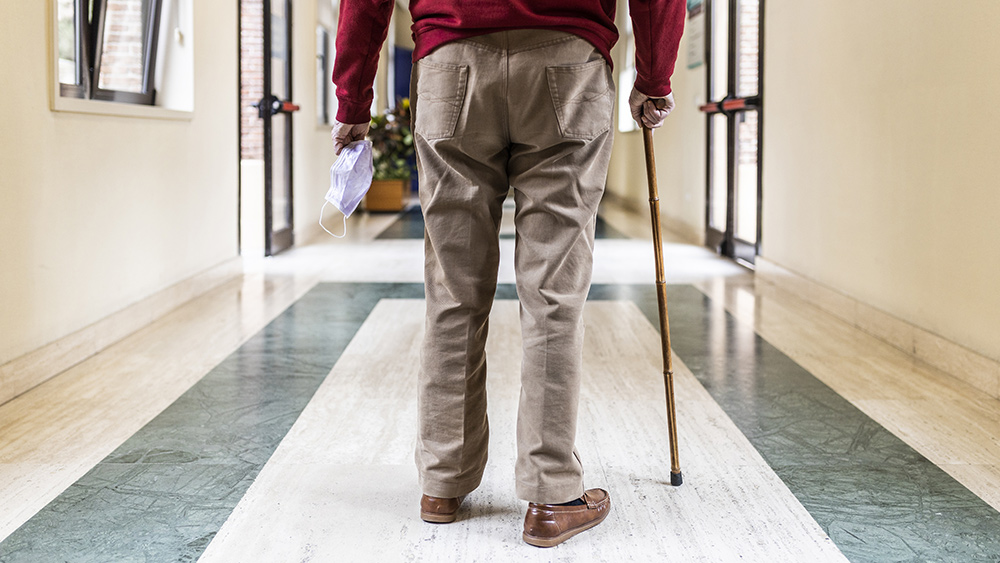Thousands of inmates in the U.S. have tested positive for the coronavirus
06/22/2020 / By Arsenio Toledo

Cases of the Wuhan coronavirus (COVID-19) in American prisons and jails have doubled since last month. Now, over 68,000 inmates have contracted the virus. Furthermore, prisoner deaths due to COVID-19 have jumped by nearly 75 percent over the past four weeks.
According to The New York Times, the five largest-known infection clusters across the United States are located in prison complexes, correctional institutions and jails. The largest cluster being the Marion Correctional Institution in Marion, Ohio, which has over 2,500 COVID-19 cases. This is followed closely by the Pickaway Correctional Institution in Scioto Township, Ohio, with more than 1,700 cases.
The scale of the outbreak in prisons is being made even worse by an uneven response from corrections officials to testing and care for positive inmates and prison employees.
Furthermore, even though many states in the country are ramping up their testing capabilities, not a lot of attention is being given to inmates. In New York, for example, only 1,200 of the state’s approximately 40,000 prisoners have been tested, even though around 40 percent of those tested have come up positive for COVID-19. According to the New York Department of Corrections and Community Supervision, 16 inmates and five corrections employees have died from the coronavirus.
In the prisons themselves, conditions are making it difficult for inmates who don’t have the coronavirus to avoid the infected ones. Many facilities are overcrowded and have common spaces where inmates are unable to practice social distancing. Some have insufficient amounts of soap and hand sanitizer.
Worse still, it’s likely that the coronavirus will continue spreading in jails and prisons as the engineered riots over the death of George Floyd continue. More and more rioters and violent protesters are being arrested and placed in crowded holding cells in local jails, where all it takes is one infected individual to spread the disease to dozens of other people. (Related: Experts warn protesters: “You could start new wave of coronavirus infections.”)
Listen to this episode of the Health Ranger Report, a podcast by Mike Adams, the Health Ranger, as he talks about how the globalists are pushing through with their depopulation goals with the help of the global pandemic and the engineered riots.
Prison conditions forcing states to set thousands of inmates free
Because of this inability to prevent the spread of the virus and to properly care for infected individuals, prisons have been forced to resort to drastic measures. One of these is releasing inmates early.
Missouri has released thousands of inmates from their jails; both Washington state and New Jersey have planned to release around a thousand inmates each; and in California, where state prisons are about 20,000 people over capacity, the prison system will start releasing inmates early beginning on July 1.
Not everybody agrees with this tactic, however. In Texas, Governor Greg Abbott issued an executive order barring the state’s prison system from releasing inmates due to the coronavirus, arguing that it would not only hinder the state’s efforts to combat COVID-19, but it would also “gravely threaten public safety.”
Opponents of releasing inmates early have pointed to a case in Florida, where a man, along with more than 160 other inmates, was freed the day after he was arrested for allegedly shooting and killing someone.
Those in favor of releasing some inmates argue that there will always be risks with any decision. But, doing nothing and letting prisons turn into “petri dishes,” they say, would cause even more harm. If prisons continue to be overcrowded, more inmates and prison employees would be infected. Furthermore, because of the high rate of turnover in local jails across the country, these infected workers and inmates would then carry the disease to their communities.
Solitary confinement as a means of controlling coronavirus spread
Alternatively, many overcrowded prisons have resorted to placing prisoners on longer lockdowns, where inmates are kept in their cells almost round the clock. Prison reformers are concerned that the coronavirus pandemic is making prisons resort to the practice of solitary confinement.
According to Unlock the Box, a coalition of civil rights groups fighting to end the practice of solitary confinement; before the pandemic, around 60,000 inmates in state and federal prisons were being kept in solitary confinement. Now, that number has ballooned to over 300,000 – a 400 percent increase.
While the state of the confinement varies, in most cases inmates are unable to leave their cells to eat, exercise or do prison jobs. Many inmates are also unable to receive visits from their families, and some might even have had their communication privileges – either through mail or phone – revoked. Unlock the Box disagrees that this is an appropriate solution.
These restrictions began for federal prisons on April, when the Federal Bureau of Prisons (BOP) began restricting what little freedom of movement their prisoners already had.
The restrictions worsened when, on the first week of June, the BOP instituted a rare nationwide lockdown because of fears that the inmates might start prison riots in response to the nationwide rioting that erupted over the death of George Floyd. If one cell has even one person with COVID-19, it’s very likely that all of the other people in that cell will have contracted the disease.
While the nationwide lockdown has been lifted, prison reformers from Unlock the Box are worried that many lockdown restrictions will remain in place long after the pandemic ends, and that outbreaks in prisons are being used to justify the expansion of the practice of solitary confinement.
Much like in nursing homes, the coronavirus is able to spread rapidly in prisons and jails. If no meaningful reforms are enacted to counter its spread, thousands more inmates will get infected and succumb to the disease.
Pandemic.news is publishing up-to-date, unbiased and scientific reporting on the impact of the global coronavirus pandemic.
Sources include:
Tagged Under: China, coronavirus, coronavirus spread, correctional facilities, covid-19, Flu, government, infections, inmates, jail, outbreak, pandemic, prison, prison lockdown, prisoners, prisons, rioting, riots, solitary confinement, superbugs, virus



















